Blog
Latest news, technology updates and research updates from CCTech team
Recent posts
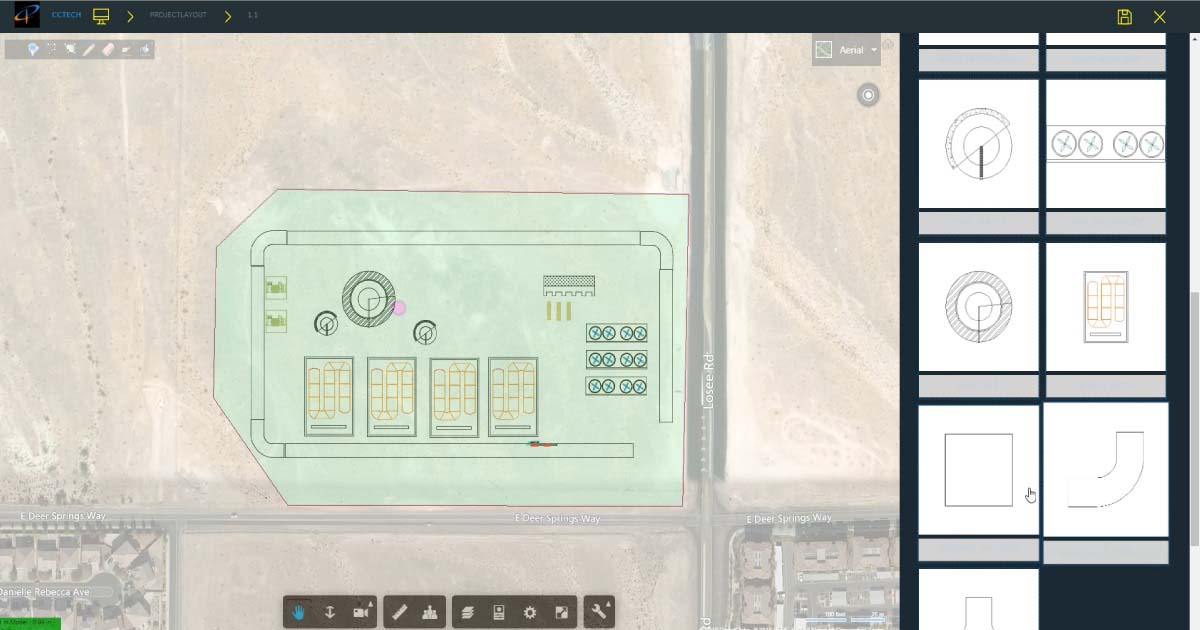
Monday, December 03, 2018
By Ashish Shete
You are a plant planner, architect, property developer or a site engineer. You are seeing google maps on your device and wondered, how cool it would be if you could just demark some areas and check how your home layouts, types of equipment, roads would fit over the accurately measured area. We have just the solution for you.
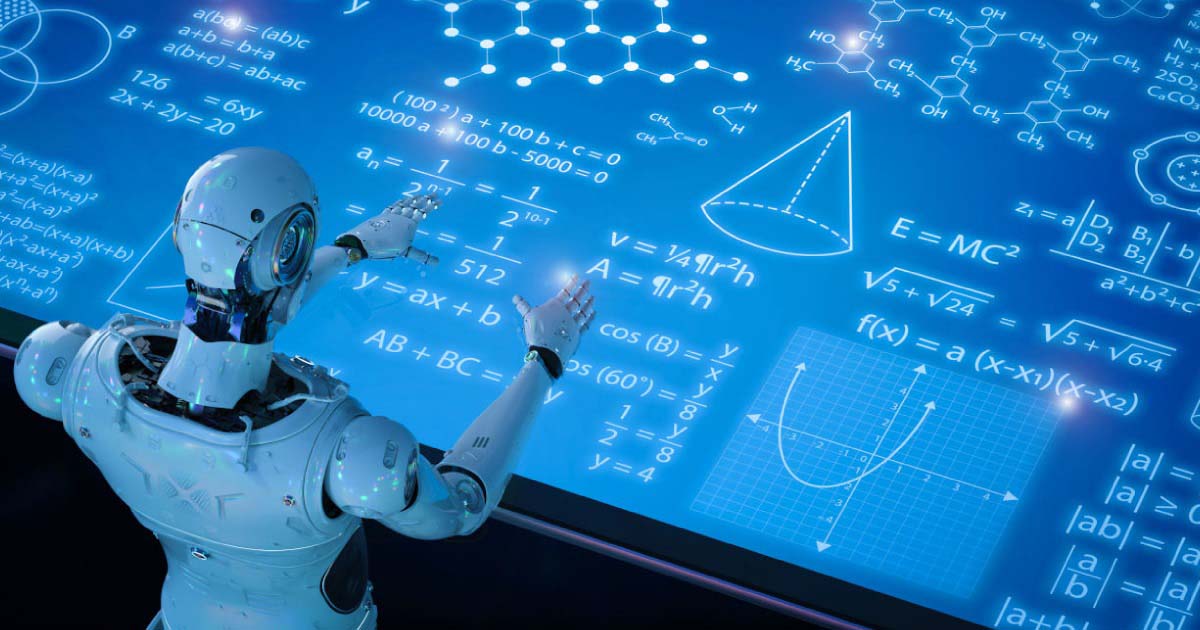
Friday, November 23, 2018
By Saurabh Verma, Pradnya Pawar, Prasad Pawar, Suryansh Agrawal
If you have ever searched on google, ordered food online, browsed an item online, used a messaging app or composed an email, each and every time you came across a machine learning algorithm. A lot of people are interested in learning how to apply machine learning to solve some of their own problems.
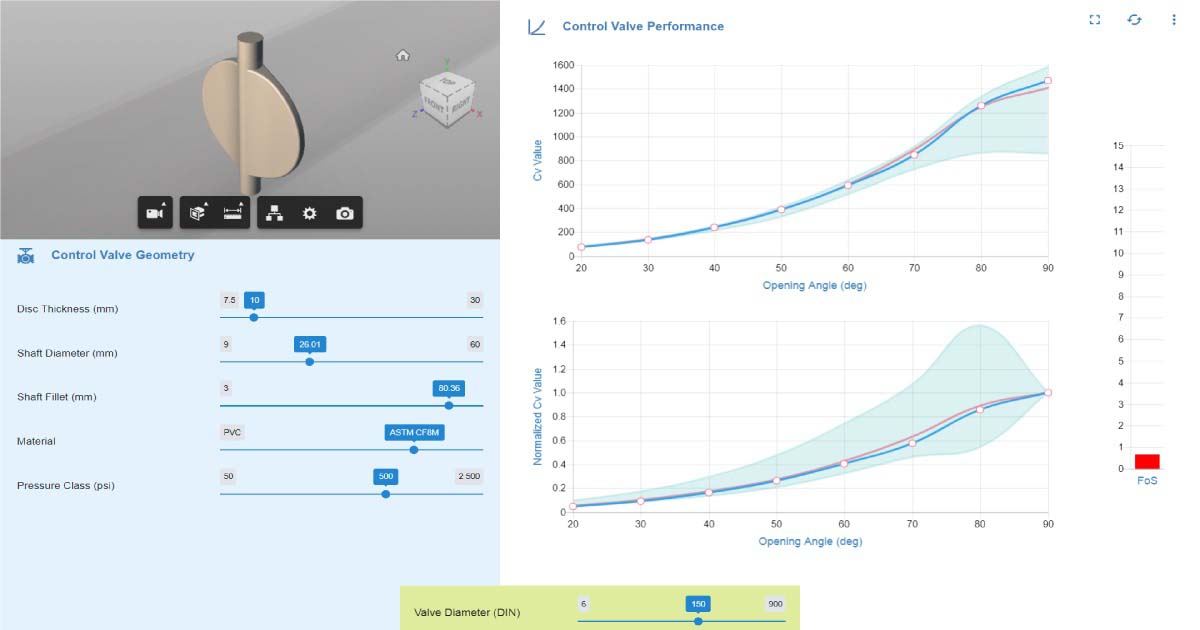
Tuesday, May 22, 2018
By Sandip Jadhav
Machine learning (ML) techniques are now widely being used in almost all areas of application. Six months back, CCTech Research started investigating how we may use ML in the area of Design of Mechanical Systems. One of the key application we were particularly interested is in Control Valve industry.

Tuesday, February 13, 2018
By Vijay Mali
Last week CCTech hosted its first hackathon. All CCTech developers were divided into six different teams and were asked to create app or product feature based on simulationHub Web Services, Autodesk Forge Platform, Amazon Web Services and General Electric Predix Platform.
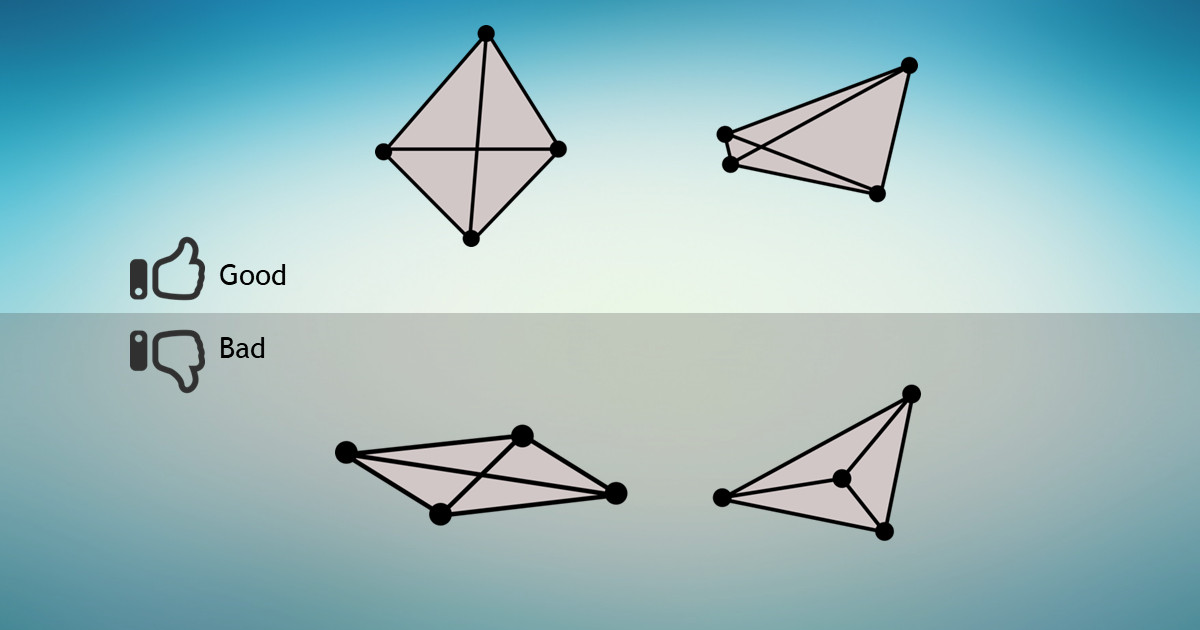
Monday, September 08, 2014
By Sandip Jadhav
As a computational geometry developer I have worked on several meshing software development projects. Every time mesh quality has become focal point. As matter of fact this becomes conflicting topic between the various teams due to the difference of opinion in engineering community.
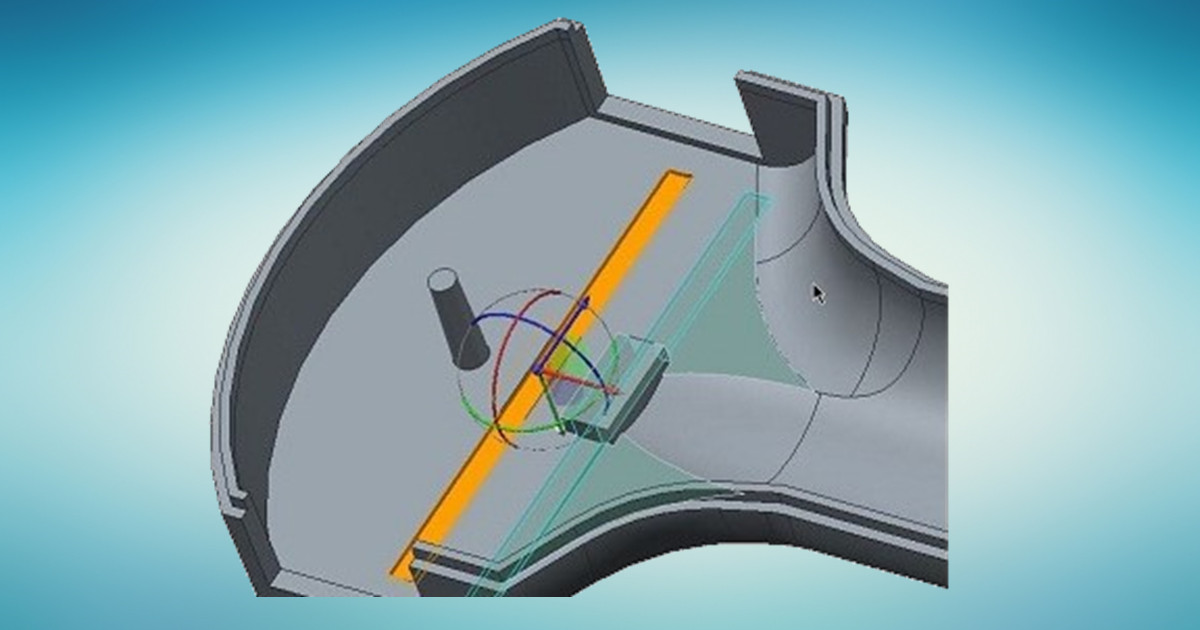
Sunday, April 13, 2014
By Sandip Jadhav
For any CAD developer who is developing interactive CAD application one of the important topic of interest is Selection or Picking. However this topic is not discussed in detailed in most of the OpenGL resources. I hope this article helps you understand basic techniques available for selection.




